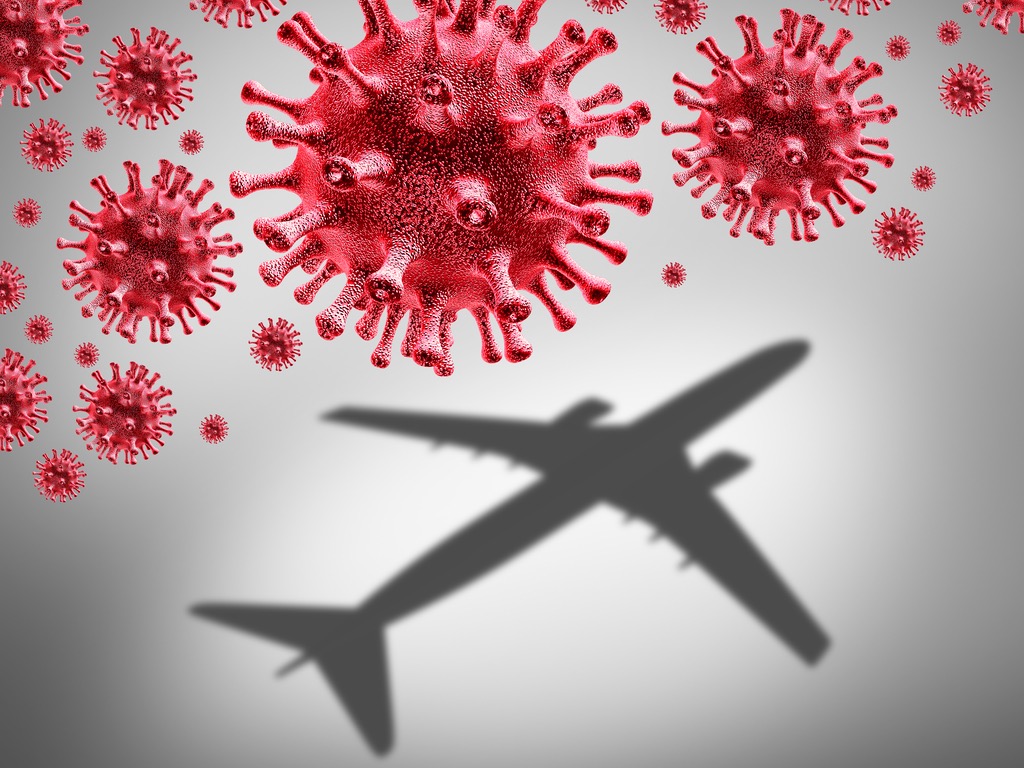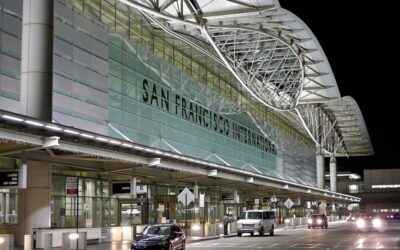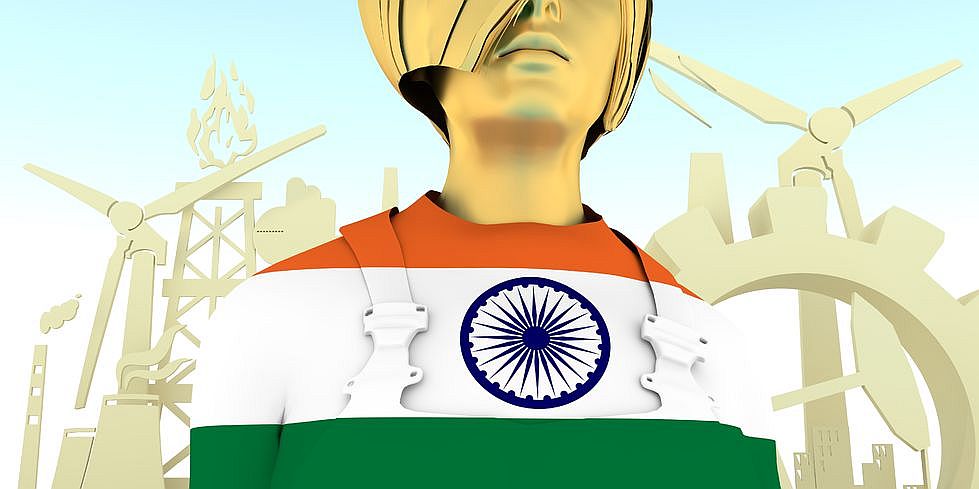In the past few months, we’ve been ‘enslaved’ by an invisible enemy in the form of a virus. The COVID-19 coronavirus has shattered countries around the world and will leave a long-lasting impact on the economy as well. A fast-spreading viral infection that originated in China, it infected over 3.5 million people so far. Although most countries have put it under control, others are still fighting the enemy. Let us examine the impact of the pandemic on the world’s airports, aircraft, airlines and country borders.
Contributed by Naum Nikolovski
It all started just before the New Year in China. The outbreak started in the city of Wuhan and took around a month to get to Europe. China reacted immediately by closing its borders and managed to sustain the local spread of the virus a few months later. China’s borders remain closed for tourists and it’ll take some time before the world can restart tourism and air travel.
One of the first measures implemented to stop the spread of the COVID-19 virus was to close borders and airports. Although most airports stayed open for residents and nationals, foreign travellers were banned from entry in most countries around the world. For example, one of the busiest airstrips in the world, Heathrow airport, was open for UK residents only in the past month and has only recently restarted somewhat normal operations. By ‘normal’ we mean the ‘new normal’.
The new normal for aviation and air travel will be drastically different than before. Countries and governments around the world are taking different measures to prevent a second COVID-19 wave that could really destroy us. The first wave is still not over, but things are moving in a positive direction. International news outlets are saying that some countries have defeated the virus and the website borderdata.io are reporting that many borders and airports are reopening.
The New Normal
We may have won the battle, but the war is far from over. Due to the heavy impact of COVID-19 on air travel and aviation in general, restarting the industry will be hard. Travel will not be the same ever again. Countries and governments are taking extra measures to protect passengers and rebuild trust. While we travelled easily in the past, the COVID-19 virus has forever changed air travel.
Until a few months ago, check-ins were allowed an hour or two earlier. It will be far different now. Check-ins will most likely be moved 3-4 hours earlier so airport staff can complete the necessary health checks, check-in, immigration, and security procedures.
Get used to traveling with masks in planes too. The latest news from aviation bodies is that masks (and possibly even gloves) will be mandatory for air travellers. Other measures such as temperature screenings will also be introduced, at least at some airports that have reopened.
RELATED STORY
DIGITAL CREED asked aviation expert Manoj Srivastava, Director – Aviation Technology, Lorhan IT about the future of the airline industry, and how airlines and airports are coping with the situation. READ STORY.
Impact of COVID-19 on Aviation
COVID-19’s impact on air travel and aviation has been, to put it mildly, catastrophic. Due to the global travel restrictions and slump in demand, many airlines have suffered greatly from a financial perspective. Empty planes and closed airports have had devastating effects on air travel, and the latest international news spells a gloomy outlook for years to come.
The effects of the novel coronavirus COVID-19 pandemic will be felt for years to come. Apart from the obligation to pay staff salaries amidst the pandemic, airlines were impacted by travel bans and not many airports are open today. The reduced schedule and no flight policies have been effective in containing the spread of the virus. But at the same time, they destroyed air travel.
On the brighter side of things, the latest news says that many companies have restarted operations or will restart them soon. Although the economic impact will be long-lasting, at least the aviation industry isn’t on hold anymore.
Editor’s note: Private Indian carriers have resumed bookings from May 16 and will resume flights for domestic air travel from June 1 onwards. In fact Air India will resume international flights from May 16.
The strict measures implemented by governments to stop the spread of the virus resulted in the layoff of thousands of employees. Air Canada, for example, laid off over 5,000 workers temporarily due to closed airports and suspended flights. Many others followed suit and are hoping to now rehire the laid-off workers in a bid to restart normal operations.
Impact of COVID-19 on Aviation
The truth is that most companies and airports will not function like they did before. The impact of COVID-19 on Aviation is unprecedented. Air travel will continue to suffer due to new protective measures and the overall reduced flight demand. People aren’t so sure about travelling anymore, especially in high-risk COVID-19 countries. With the tourist season not even close to being started, air travel will be reduced to essential flights only.
Most companies have announced such a strategy since restarting operations. Tourist flights are still far on the horizon, which will harm the industry even more.
What Measures Did Governments Introduce?
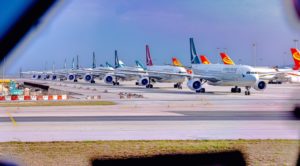
16,000 aircraft are now parked on tarmacs around the world.
In order to curb the spread of the COVID-19 virus, governments around the world implemented strict measures on air travel. The majority of airports were closed and those few that remained open only allowed repatriation, cargo, and humanitarian flights. Furthermore, people were afraid to travel abroad and they were right to do so.
Most governments closed airports in early March. Others followed suit a bit later. In order to prevent the spread of the coronavirus, many implemented screening procedures at airports and quarantine for travellers coming from high-risk countries. Departures were possible at many airports, but some governments forbid it.
Disinfection of planes and airports was, and is still mandatory. The measure may stay in effect for years to come. Most airports use cleaners containing at least 60% alcohol which are said to be effective against any type of germ or virus. Staff should regularly clean their hands with such a cleaner, but only when soap and water are not available.
Aviation personnel are under strict orders to wear masks, goggles, even a shield and a gown, optionally. The personnel should also be trained on hand hygiene and how to properly use PPE (Personal Protective Equipment).
Screening Measures Key in Spread Prevention
The impact of COVID-19 on Aviation will bring about new screening norms at airports. Besides closed borders and airports, many implemented extensive screening measures as a way to fight the infection. Disinfectants alone can’t help – in order to prevent the spread, screening measures can help isolate patients that may have symptoms.
These measures were implemented at many airports around the world. Returning residents were immediately checked up upon arrival and taken to medical facilities if required. In the majority of countries, air travellers were instantly put in 14- or 21-day quarantine. Governments did everything they could to contain the spread of the virus, and for the most part, it helped.
Per the latest news from around the world, screening measures and disinfection will be key to preventing a second COVID-19 wave. China is one of the earliest countries to do so, fearing that a second wave of cases will be even deadlier. With millions of people travelling by air annually, the infection could spread pretty easily. The COVID-19 virus has a very fast spread rate which is why screening measures and proper disinfection of aircrafts and airports will be key to keeping it under control and preventing a new outbreak or pandemic.
How Will Airplanes and Airports be Disinfected?
Cleaning and disinfecting airports and airplanes is the next step in the prevention of more COVID-19 cases. It was mandatory so far and will remain in use for the foreseeable future. All aircrafts and airports will be disinfected daily. Some air carriers such as AirAsia have already released detailed guidelines on the process.
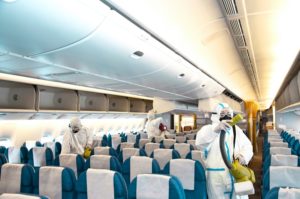
Aircraft cabins will be disinfected at night using special chemicals. The operation will take two hours per aircraft.
Disinfection procedures will likely be coordinated with the WHO or a country’s local health department. Apart from a disinfection procedure using liquid cleaners, airplanes are required to have a HEPA filter that filters 99.999% of all airborne contaminants. This includes bacteria and viruses such as COVID-19.
At the end of each flight, all aircraft doors would need to be opened and the aircraft may be ventilated if required. Surface areas must be cleaned with an appropriate cleaner or cloth or water. Approved chemicals will be used on furnishing and air equipment. Gun sprays will most likely be used to spread the disinfectants in the plane.
This kind of procedure might take over 2 hours on each aircraft night stop. It will, however, be necessary if we are to subdue another wave of infection.
Airports Disinfection
The same thing can be said about airports. Since all passengers must pass through gates and checkpoints and sit in the lounge area, airports will need a thorough and constant disinfection. Once again, the WHO has released guidelines on proper airport disinfection. All facilities and areas at an airport must be properly cleaned, with special attention paid to restrooms. Since these spaces are public, the risk of contamination remains very high.
All airports must use approved chemicals to disinfect areas and surfaces. There will most certainly be a new order of going to restrooms. Since social distancing is key to preventing the virus, airports likely won’t allow more than a passenger or at most a few in restrooms at the same time.
What are the Most Common Disinfectants Used?
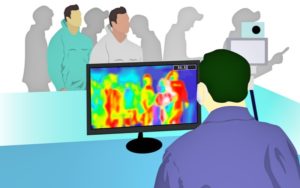
Airports will use new screening methods such as Thermal Imaging at check points and gates.
As mentioned, airports and aircrews should only use approved disinfectant products. This is done to avoid corrosion to aircraft components. In most cases, the products contain ammonium salt, hydrogen peroxide, chlorine, and double-chain quaternary ammonium salt.
Hydrogen peroxide products should not have a concentration higher than 3% with a reaction time of 20 minutes. Cleaning with disinfectants is to be done as a routine preventive measure and after each flight. All disposal protective equipment worn by the crew should also be properly taken care of after use.
After use, the crew is required to place the protective equipment in yellow medical waste bags. It should then be sprayed with chlorine-based disinfectant and packed in tightly closed bags as medical waste.
Airports like Hong Kong International have gone a step further and use cleaning robots, temperature checks, and antimicrobial coatings on airport trips. One of the busiest airports in Asia is the world’s first to install a full-body disinfection booth. Called CLeanTech, the booth recently went live at the airport and we’re all eagerly waiting to see how effective it is. If the technology proves useful, it could become the new standard for airport disinfection.
All of this will be mandatory before and after flights. Airport cleaning and disinfection will be the new normal for years to come and will definitely affect airport operations. However, the use of disinfectants and protective equipment is necessary in order to prevent another COVID-19 wave. Should it happen, airports would have to be closed once again and this could put the nail in the air travel industry.
What Does the Future Hold for Air Travel?
The latest news from WHO and similar organizations doesn’t give any indication about the resumption of normal air travel. There’s no doubt that we will travel again after the virus goes away. It’s a question of how and not why.
Experts from the USA believe that it will take between 18 and 24 hours before air travel becomes a routine again. During that period, proper disinfection of aircraft and airports will be mandatory to prevent another wave of cases. The coronavirus has changed the world in unprecedented ways. Vacations will be replaced by ‘staycations’ more and more often and this could be too much for the air travel industry to handle.
The darkest scenarios involve significantly reduced travel demand. For now, most airlines are operating in a reduced capacity, with tourist flights still not allowed in most parts of the world. Only essential reason flights are possible at the moment, with the industry hoping that tourism picks up soon.
While we’re waiting for positive international news on the subject, the use of masks and gloves as well as proper airport and airplane disinfection will be the new Holy Trinity of air travel. We may not like it, but we might as well get used to it. It’s the only thing keeping us safe from another COVID-19 wave that could be the final nail in air travel’s coffin.
About the Author
Naum Nikolovski is a content writer/freelancer based in Kumanovo, Republic of Macedonia. He has over 5 years of experience in content writing across a variety of media. Naum writes on different topics including gaming, online gambling, technology, and more.
Naum is passionate about sports, tech, and video games, and his favourite articles revolve around these topics.
DISCLAIMER
The views of the author in this article are his own. Digital Creed has not verified any of the statements made by the author in this article nor does it take any reponsibility for these statements.
Editor’s Note has been added by the editor of Digital Creed to contextualise the article for Indian audiences. UK English was followed in this article to adapt it for Asian readers.

